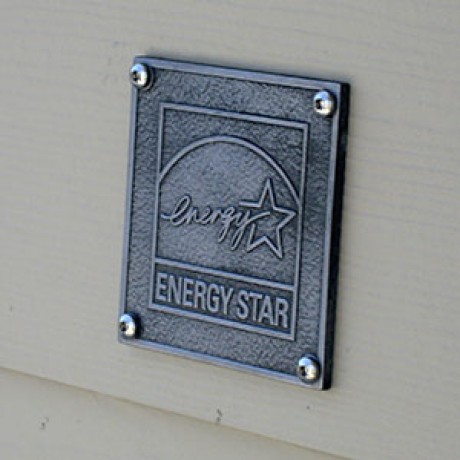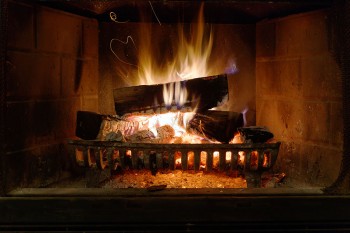The value of Energy Star homes
By Hannah McKenzie

Q: I am eager to downsize and purchase a smaller home. My children have moved out and I plan to retire soon. I've encountered a few Energy Star homes and am curious about the benefits or drawbacks of living in one.
A: Buying a home is a stressful yet exciting time. Including Energy Star homes in your search will likely provide a number of long-term benefits and is often worth the additional cost.
Energy Star for New Homes was launched in 1995 by the U.S. Environmental Protection Agency as a voluntary labeling program designed to identify and promote energy-efficient construction practices. Like refrigerators and other products, Energy Star homes must meet stringent requirements and third-party testing before qualifying for the Energy Star label. As building codes become more energy-efficient, new Energy Star homes have increased program standards so they continue to surpass the building code. The Energy Star label is considered the baseline for "green home" certification programs across the country because it incorporates low-cost materials and practices for energy-efficient home construction.
Energy Star home features
There are many benefits to owning a home that is Energy Star-certified. Careful attention is paid to sealing around holes and gaps to prevent interior conditioned air from leaking to the great outdoors or vice versa. Insulation is meticulously installed around wiring, electrical boxes, ducts, and framing to ensure comfort throughout the home.
Energy Star inspectors, called Home Energy Raters, visit the home during the framing and insulation stages to verify the quality of work. Home Energy Raters are a second set of eyes that help the builder and subcontractors meet program standards. It's like my husband taste-testing soup before I serve it to guests. He offers constructive feedback and will re-taste the soup when I've made the necessary improvements. It's a team relationship.
Heating, ventilation and air conditioning (HVAC) systems in Energy Star homes go through a rigorous design review and testing process. Energy Star Version 3.0 homes are pressure-balanced, which helps rooms be more comfortable with more consistent temperatures, even when all interior doors are closed. Ventilation is extremely important in energy-efficient homes to maintain good indoor air quality and to control where and how much the home breathes. Home Energy Raters test exhaust fans and outdoor air intake ducts to make sure everything operates as it should.
Energy Star also goes a step beyond code built homes with special framing techniques, water management standards and energy-efficient lighting and appliances.
Energy Star benefits
Energy Star homeowners frequently express their delight in being comfortable throughout the year in their homes and their relief to have low energy bills. Drafty windows and uncomfortable rooms are a thing of the past. Homeowners say that never again will they live in a home without the Energy Star label. Some families with health challenges have noted a reduction in those challenges with the improved indoor air quality compared to their former homes. Fewer opportunities for pests, dust and mold is a tremendous long-term benefit as well.
-
Share this story:



